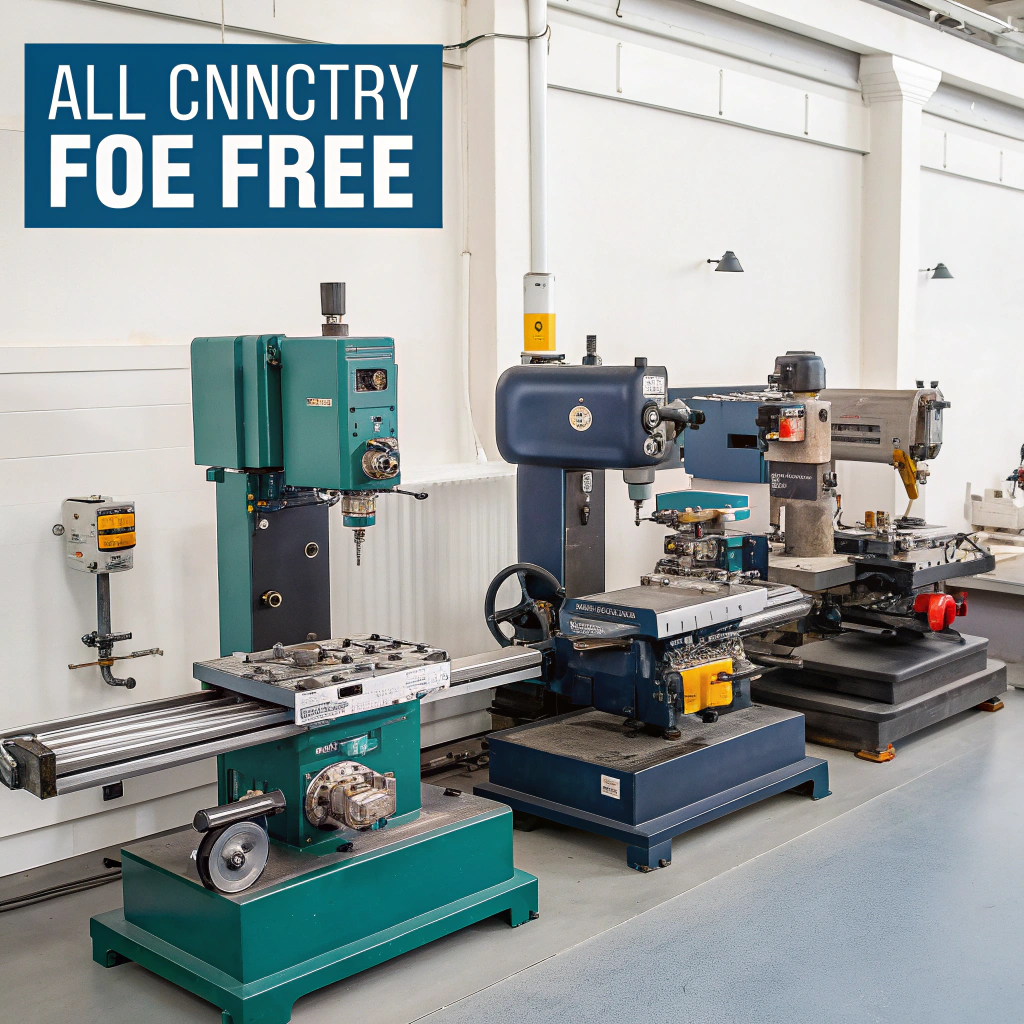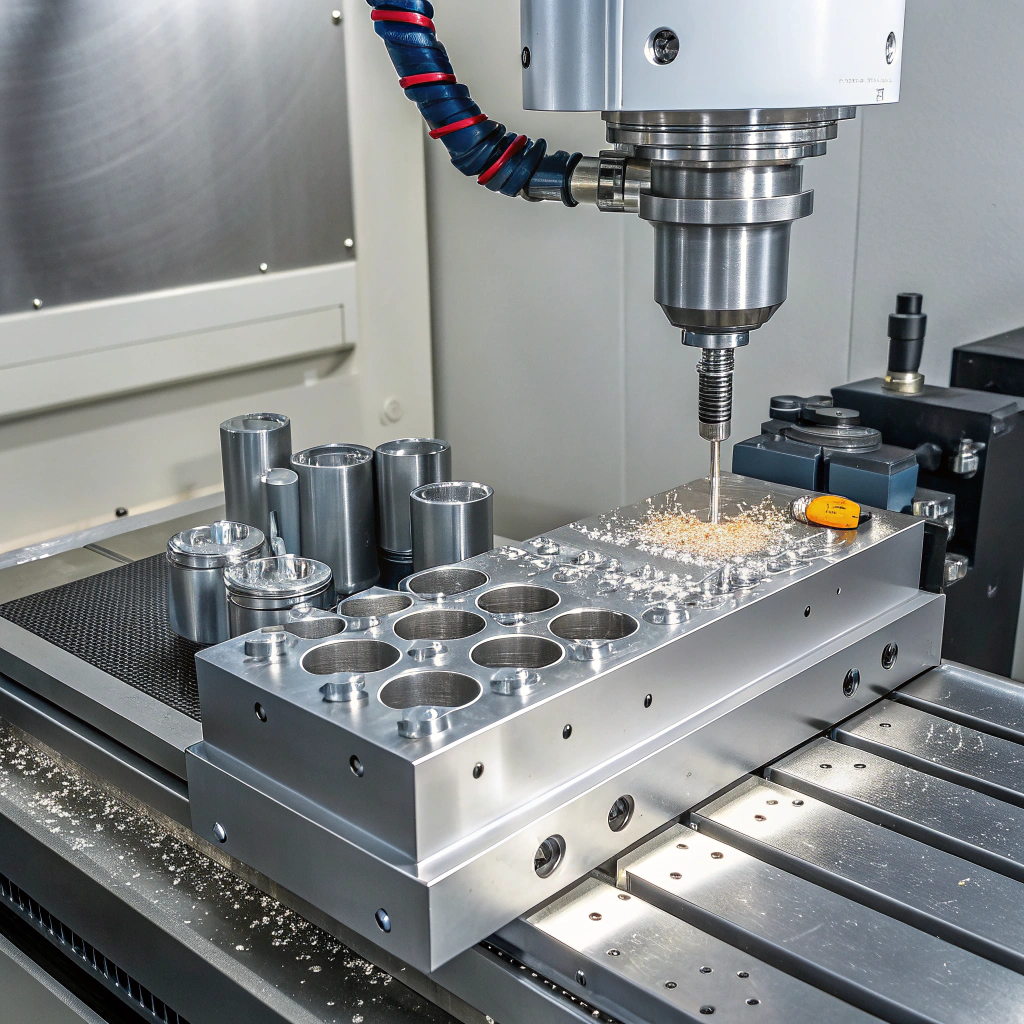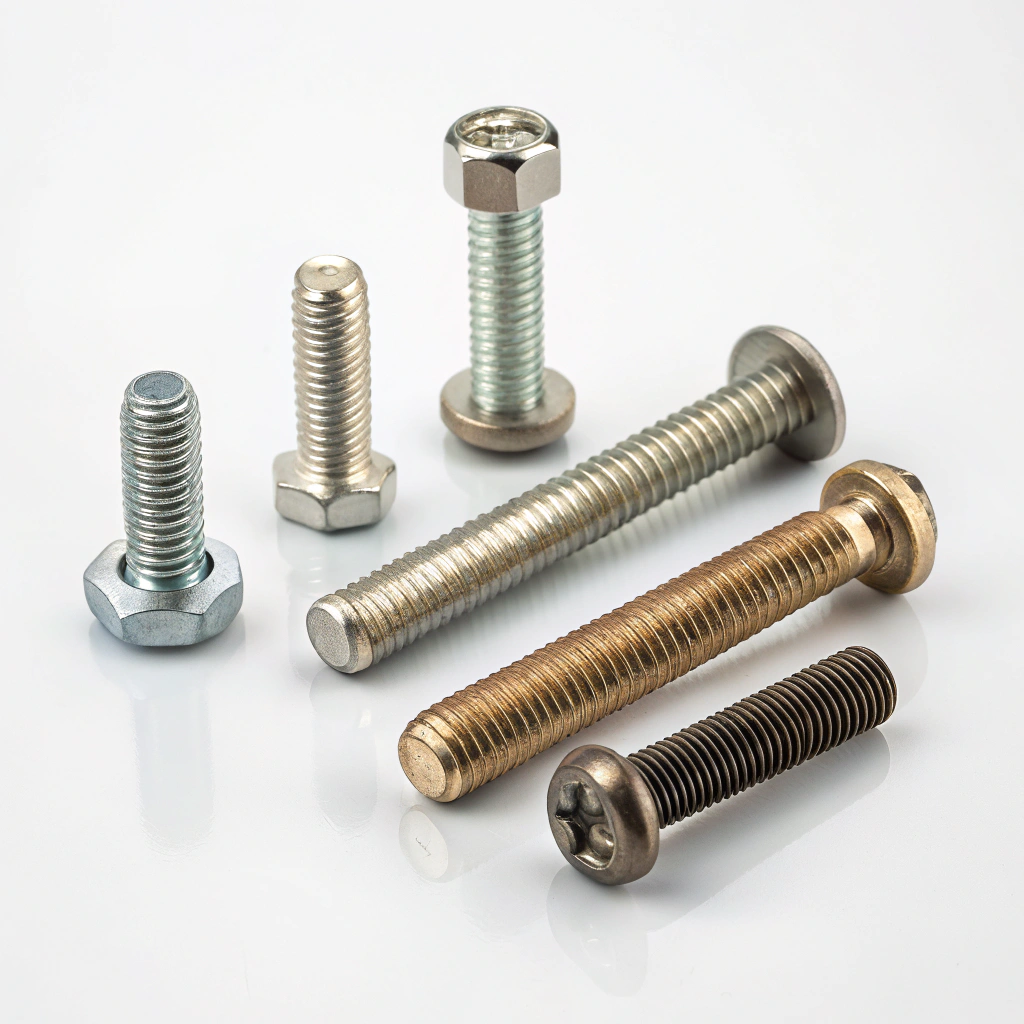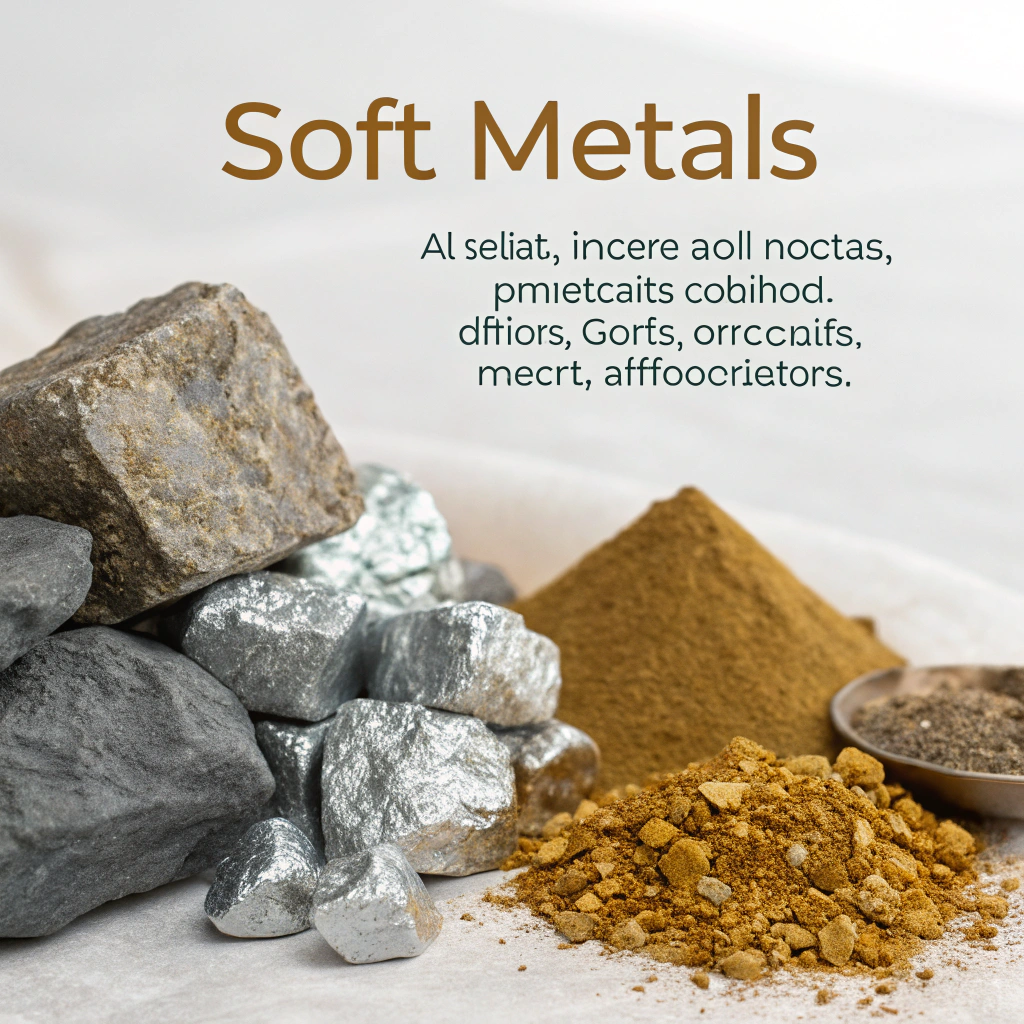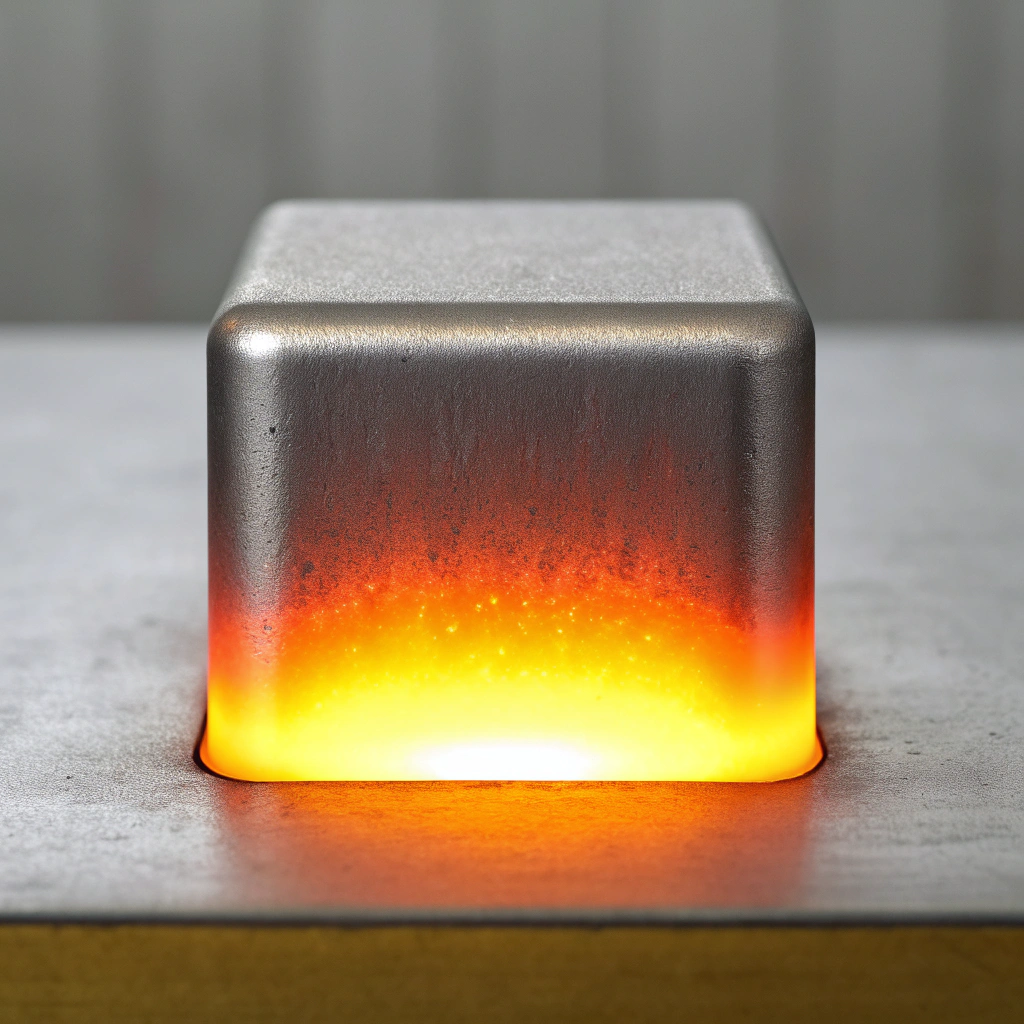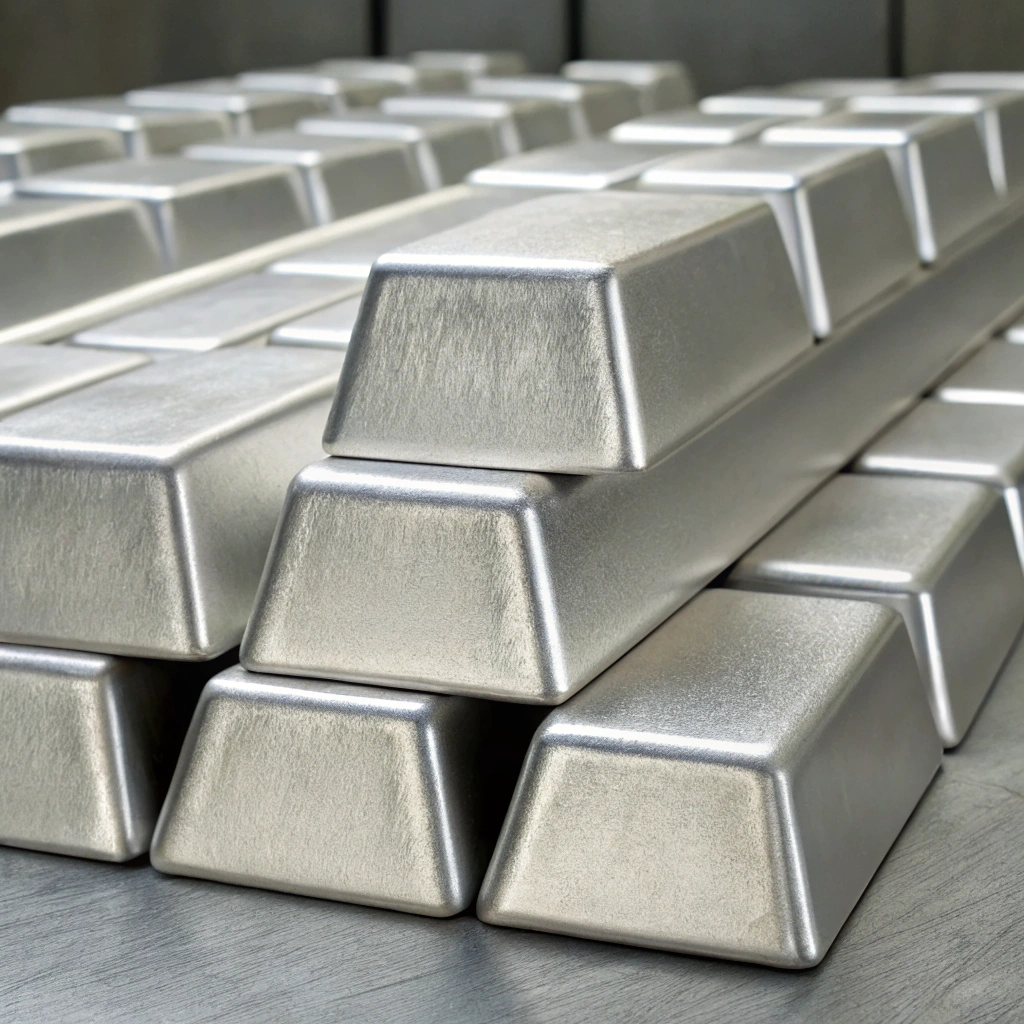Aluminum buyers are often stuck between 6061 and 5052. Both are popular, but how do you pick the right one?
6061 and 5052 are two of the most widely used aluminum alloys, but they serve very different needs. Understanding their mechanical properties, corrosion resistance, and application scenarios helps make the right decision.
Before making a decision, it's important to break down each property one by one. Let’s go through them carefully.
What are the mechanical properties of 6061 vs 5052?
Most customers compare 6061 and 5052 by strength. But they forget there’s more to “mechanical properties” than just tensile strength.
6061 is stronger and more rigid, while 5052 is more flexible and better at resisting fatigue.
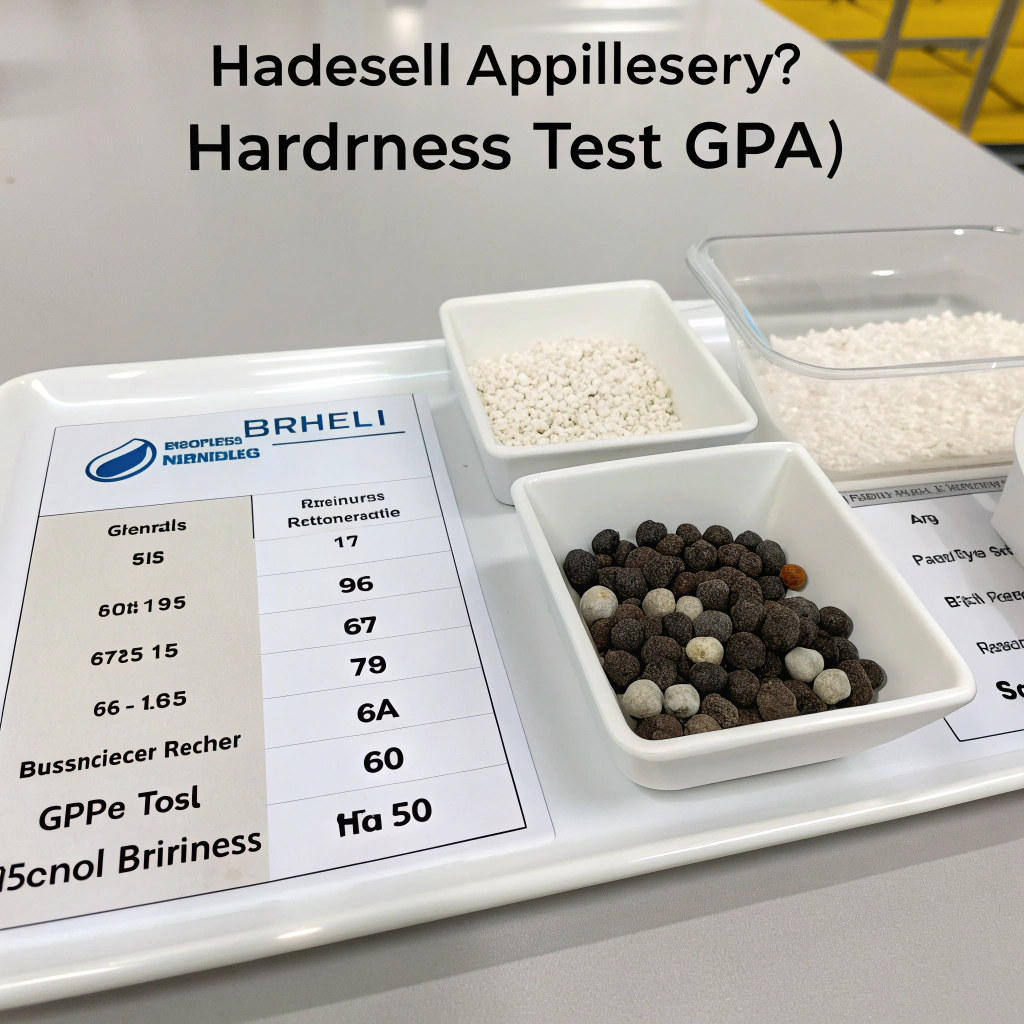
To make it clearer, here’s a side-by-side comparison:
| Property | 6061-T6 | 5052-H32 |
|---|---|---|
| Ultimate Tensile Strength | 290 MPa (42,000 psi) | 228 MPa (33,000 psi) |
| Yield Strength | 241 MPa (35,000 psi) | 193 MPa (28,000 psi) |
| Elongation at Break | 12% | 18% |
| Modulus of Elasticity | 69 GPa | 70 GPa |
| Hardness (Brinell) | 95 | 60 |
Why does this matter?
I’ve had clients who thought they needed the strongest alloy available. But sometimes what they really needed was something that could flex without cracking — especially in marine or curved structures. That’s where 5052 shines.
For heavy structural frameworks, especially those requiring tight tolerances or high strength-to-weight ratio, 6061 is more appropriate. However, for projects needing high fatigue resistance — like aluminum boat hulls or vehicle panels — 5052 performs better.
Which aluminum alloy is better for structural applications?
Choosing the right aluminum for structural use is about more than just strength numbers.
6061 is the better choice for most structural applications due to its higher strength and stiffness.
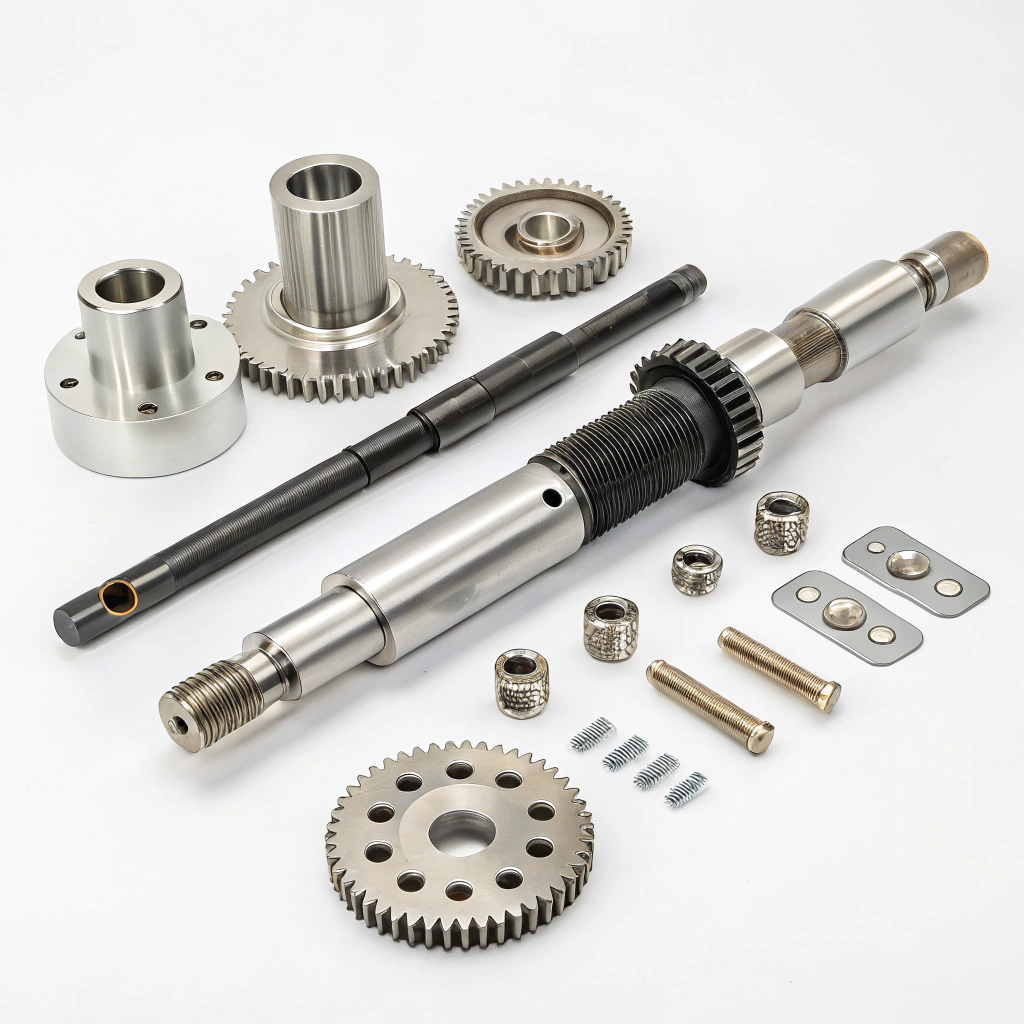
Think about the application environment
When I work with construction firms or industrial clients, I always start by asking: What loads will the part carry? Will it bend, vibrate, or stay fixed? Will it be welded?
6061 offers high tensile strength, excellent machinability, and it responds well to welding (especially T6 temper). These properties make it ideal for structural beams, trusses, machine frames, and precision parts.
Key Comparison in Structural Use
| Factor | 6061-T6 | 5052-H32 |
|---|---|---|
| Load-bearing capacity | Excellent | Moderate |
| Weldability | Good | Excellent |
| Fatigue strength | Good | Very good |
| Machinability | Very good | Fair |
| Post-weld strength loss | Yes | No |
Important structural consideration
When 6061 is welded, especially in the T6 condition, the heat-affected zone loses some strength. So if you’re building something like a welded frame, be sure to design with that in mind — or consider post-weld heat treatment if needed.
5052, while lower in strength, doesn’t lose as much performance after welding. It’s softer but handles deformation and vibration better over time, which matters for dynamic loads.
How does corrosion resistance compare between 6061 and 5052?
Many people overlook corrosion resistance until it’s too late. Don’t be one of them.
5052 aluminum has significantly better corrosion resistance than 6061, especially in saltwater or marine environments.
Real-world consequences of corrosion
A few years ago, a client in the Middle East built an outdoor canopy frame using 6061. It was beautiful. But after two years in the salty coastal air, pitting corrosion began to appear. They had to repaint and reinforce the structure — at great cost.
Had they chosen 5052, the result would’ve been much better. This alloy contains more magnesium and resists corrosion even in seawater.
Chemical composition and corrosion performance
| Element | 6061 (%) | 5052 (%) |
|---|---|---|
| Magnesium | 0.8–1.2 | 2.2–2.8 |
| Chromium | 0.04–0.35 | 0.15–0.35 |
| Silicon | 0.4–0.8 | <0.25 |
Why magnesium matters
Higher magnesium content helps form a more protective oxide layer on the surface. That layer shields the metal from corrosion. In 5052, the magnesium content is nearly triple that of 6061. That’s why it survives harsh outdoor and marine environments better.
If you’re making fuel tanks, marine vessels, truck trailers, or anything that deals with water or chemicals — go with 5052.
When should you choose 6061 over 5052?
The answer comes down to one word: application.
You should choose 6061 when you need high strength, tight tolerances, and excellent machinability.
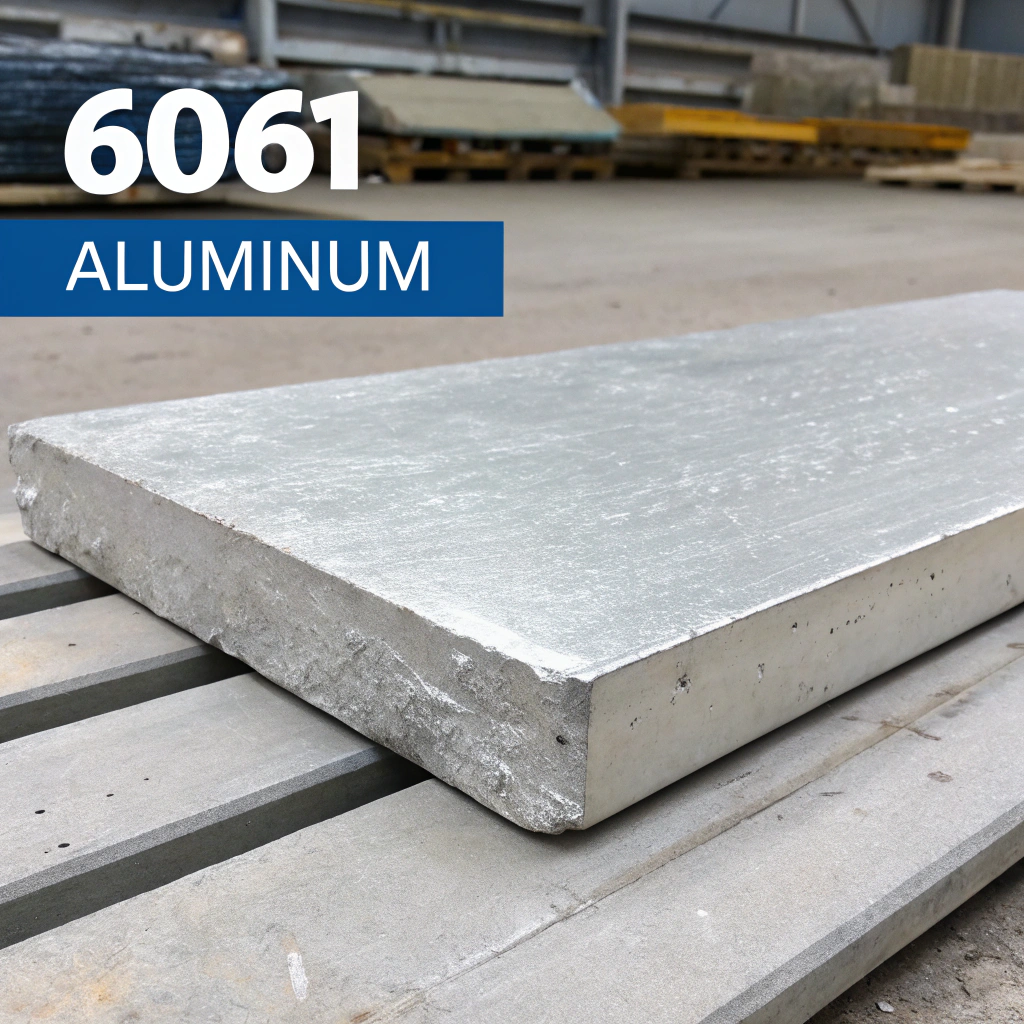
My quick decision checklist
I always ask myself these questions when choosing between the two:
-
Is high structural strength needed?
→ Go with 6061. -
Will the part be in saltwater or marine environment?
→ Choose 5052. -
Is the part going to be machined or require tight tolerances?
→ Choose 6061. -
Will it be exposed to frequent vibration or movement?
→ 5052 handles fatigue better. -
Is post-weld strength important?
→ 5052 retains more strength after welding.
Use cases from my clients
-
6061 aluminum is used by clients who manufacture:
- Aerospace parts
- Heavy-duty construction elements
- Automotive parts with CNC machining
- Precision tools and fixtures
-
5052 aluminum is chosen for:
- Marine vessels
- Chemical tanks
- Outdoor signage
- Food equipment
- Truck trailers
When I work with customers from North America or Europe, I notice that structural engineers love 6061 for its balance of strength and cost. But for companies near coastal areas, like in Africa or the Middle East, they often lean toward 5052 for long-term durability.
Conclusion
6061 is strong, stiff, and machinable. 5052 is corrosion-resistant and flexible. The right choice depends on your needs. Don’t pick based on popularity — pick based on performance.

